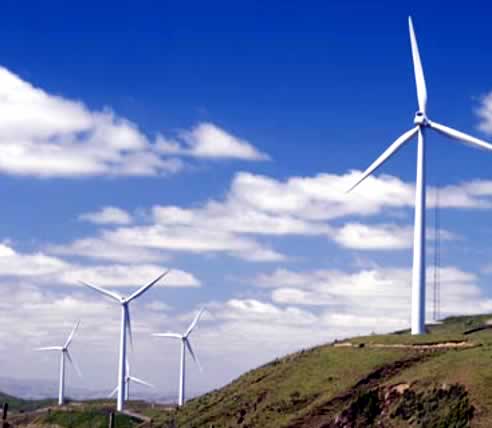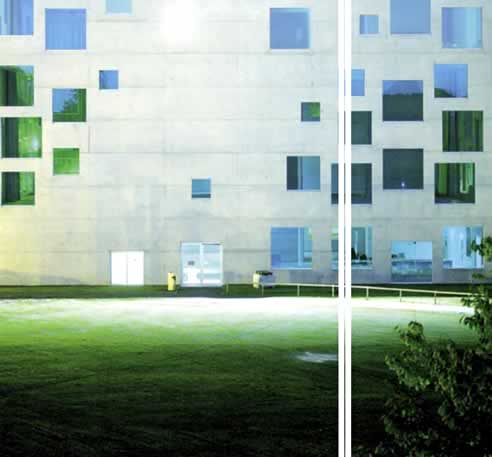NEWS ARTICLE ARCHIVESEnergy efficient lifts from Schindler Lifts in commercial buildings In Australia, commercial buildings produce approximately 8.8% of national greenhouse emissions and have a major role in meeting Australia's international greenhouse obligations. A recent commercial building sector study found that office buildings and hospitals were the two largest emitters by building type, causing around 40% of total sectoral emissions. In the property industry, this is driving customer demand for more sustainable buildings. One of the pioneering bodies advocating the shift to green is the Green Building Council of Australia (GBCA). The GBCA is a not-for-profit organisation whose stated mission is to '...develop a sustainable property industry for Australia and drive the adoption of green building practices through market-based solutions'. One of GBCA's tools to help the property industry achieve sustainability is the Green Star program. Green Star's objectives are to:
The Green Star is comprised of eight broad categories:
Schindler Australia has helped a number of its customers meet their Energy and IEQ requirements by offering innovative product solutions such as the Schindler Miconic 10, Schindler ID and Power Factor One (PF1). Miconic10 and Schindler ID both help improve the efficiency of vertical traffic flow in busy buildings by approximately 30%. This often means that fewer lifts are required therefore reducing the materials needed and their related environmental impact. An associated commercial benefit derived from this is that the spaced saved by having fewer lift shafts ultimately increases the leasable floor space. PF1 is a unique motor drive that actually becomes a generator of clean power as the lift decelerates using the lift's momentum and gravity to create energy. The power created can then be redistributed back into the power grid. This recycles energy and lowers aggregate power consumption over the life of the lift saving on energy costs. Schindler Australia not only helps its customers achieve their Green Star objectives but also implements sustainable green processes within its own operations. From development through to disposal, Schindler has conducted Impact Assessments and is working to set the benchmark in this area. Schindler's commitment to this is recognised internationally, earning Schindler an ISO 14001 certification. A common concern with going green is the cost, which can sometimes prove to be the deciding factor. A recent study of 33 of the greenest buildings in the US found the average cost increase to build green was around 1.63%. However, green buildings can offer up to 30% savings on energy and up to 50% savings on water use. With many tenants including the Federal Government and State Governments now mandating buildings with at least 4 Green Stars, those who are responsive are certain to command an advantage in the short to medium term.  |
 |
 |